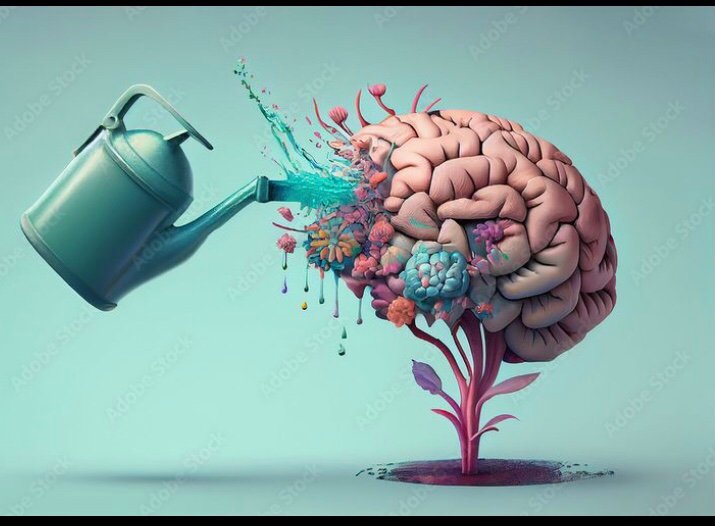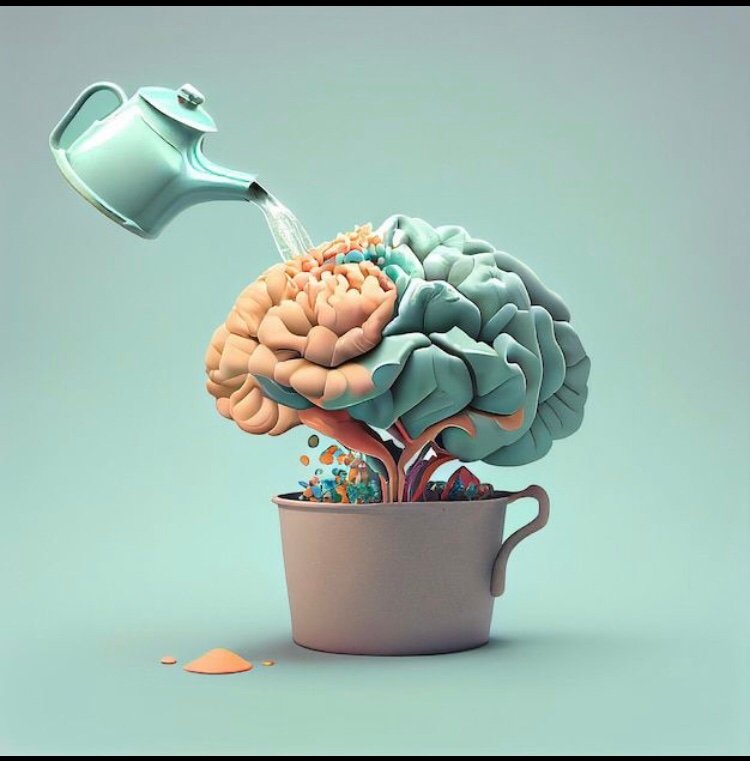The brain’s ability to adapt and change is a remarkable superpower known as neuroplasticity. This phenomenon underpins learning, memory, and recovery from brain injuries.
Imagine your brain as a dynamic, ever-changing landscape. This flexibility, known as neuroplasticity, is one of the most groundbreaking discoveries in neuroscience. It reveals that our brains are not fixed but constantly evolving.
Neuroplasticity is the brain’s capacity to reorganize itself by forming new neural connections throughout life. Contrary to old beliefs, our brains are not hardwired from birth. This adaptability is essential for learning, memory, and healing from injuries
The brain comprises billions of neurons that communicate through synapses. When we encounter new experiences or learn something new, these synapses strengthen or weaken, and new ones form. This process is the core of neuroplasticity.

Types of Neuroplasticity
Structural Plasticity: Involves physical changes in the brain’s structure. For instance, learning to play a musical instrument can increase the size and number of synapses in areas responsible for motor skills and auditory processing.
Functional Plasticity: The brain’s ability to shift functions from damaged areas to undamaged ones. After a stroke, undamaged parts of the brain can sometimes take over functions of the affected areas, aiding recovery.
Consider London taxi drivers. Research shows that their hippocampus, the brain region involved in spatial navigation, is larger than average. This change results from the intense memorization and navigation required in their work, showcasing structural plasticity.
Similarly, stroke patients often regain lost functions through rehabilitation, illustrating functional plasticity. The brain rewires itself, assigning tasks to new areas to restore abilities.
Understanding neuroplasticity opens new avenues for treating neurological conditions. It offers hope for recovery in cases of stroke, brain injury, and neurodegenerative diseases like Parkinson’s and Alzheimer’s. Treatments such as physical therapy and cognitive rehabilitation are based on principles of neuroplasticity.

Boosting Neuroplasticity
Enhancing neuroplasticity can be achieved through various means:
Continuous Learning: Engage in activities that challenge your brain, such as learning new languages or playing musical instruments.
Physical Exercise: Regular physical activity promotes the growth of new neurons and improves brain function.
Healthy Diet: A balanced diet rich in antioxidants, healthy fats, and essential nutrients supports brain health.
Social Connections: Strong social ties and meaningful conversations stimulate brain activity.
Adequate Sleep: Quality sleep is vital for memory consolidation and brain repair.
Neuroplasticity demonstrates the brain’s incredible ability to adapt and change. This dynamic capability not only facilitates learning and memory but also forms the foundation for recovery from injuries and diseases. By embracing the principles of neuroplasticity, we can unlock new potentials for cognitive health and resilience.






You must be logged in to post a comment.